As you become a more seasoned moto-traveller you’ll find ways to become more efficient with packing and smarter with your money and time. But, when you’re starting out on your first few trips, it can be overwhelming to prepare everything you need.
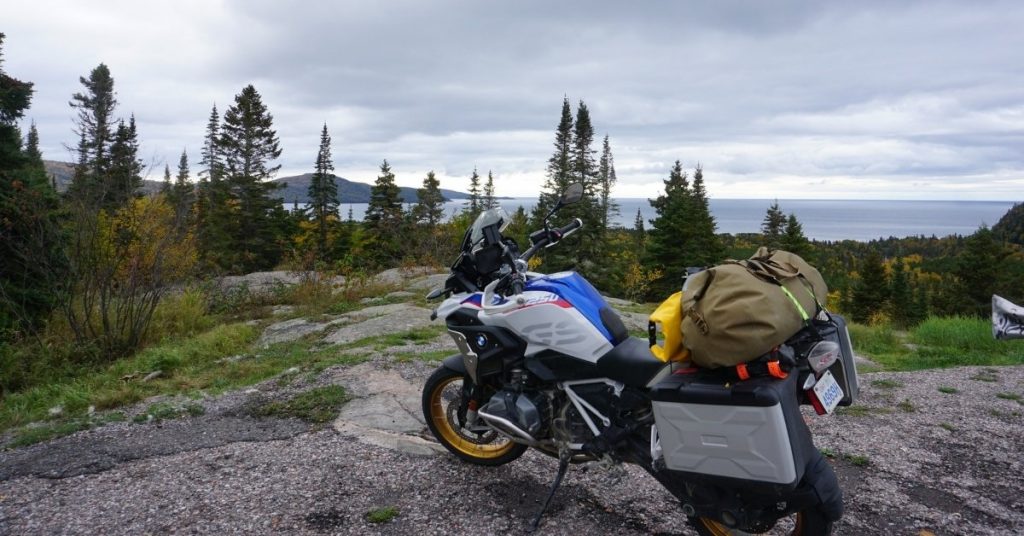
Riding a big touring bike like a BMW R1250GS across the country is great, but trips can be done on any bike.
Travelling by bike requires an adequate level of minimalism, and just a bit of discipline to keep organized while on a trip. Here are a few things I’ve learned to think about before I go on a long trip.
Determine Your Style
Set your comfort levels and expectations of the trip. Will you be staying in hotels or camping? Are you planning to ride gravel or only on the street? What time of year is it and what type of weather do you expect? How far do you want to travel each day? All these questions will help you narrow down what is necessary to pack.
Pack For Adventure
Whether you’re city-hopping or riding through the backwoods, there are a few essentials you should always have with you. I pack three ready-to-go kits, my first-aid kit, tool kit, and emergency overnight kit. These three kits are your first resort if something should go wrong on a trip.
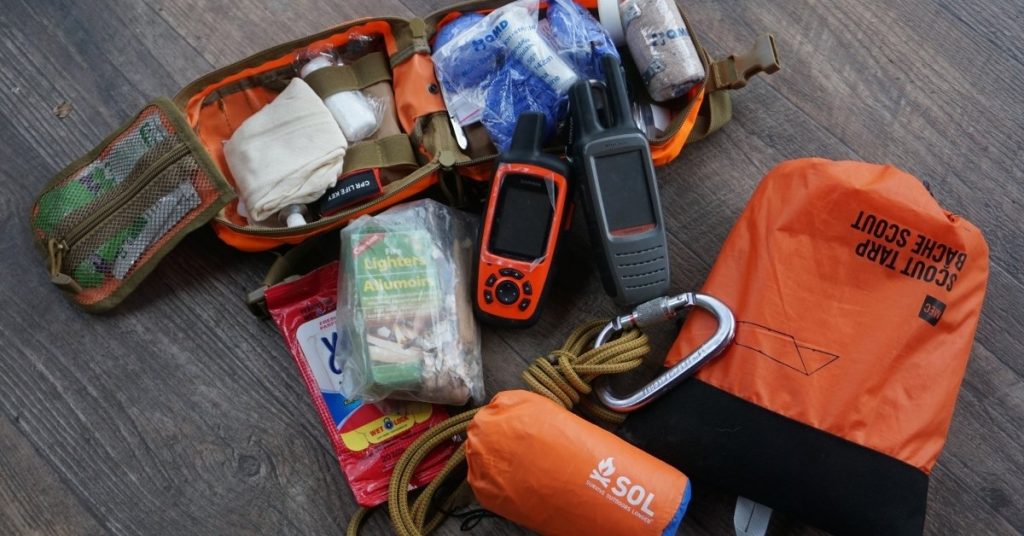
My compact First-Aid Kit and Emergency overnight kit in case I have to spend the night in the woods.
If you carry a first-aid kit you should also have basic knowledge of how to use its contents. It’s always a good idea to take a first-aid course to know what to do in situations when you or a friend may need medical assistance.
Before I head out on a trip, I check over my bike and pack the common tools I’ll need to do basic repairs and maintenance. Take into consideration how many kilometres you plan to put on through the trip and pack your kit for issues that may arise over long periods of riding.
The last thing any rider wants to experience while on a trip is getting stuck, a broken down bike or being injured in the woods overnight. In my emergency overnight kit, I keep Firestarter, high-protein snacks, a thermal blanket and extra dry layers. I also like to carry an extra tarp if I’m not bringing my normal camping gear with me.
If you are camping for your trip you’ll want to include a Bivy or tent, a sleeping bag and perhaps a sleeping pad which all adds to bulky packing – not to mention camp cooking equipment. If you plan on heading into areas with little cell service be sure to bring an emergency locating device like a SPOT or InReach.
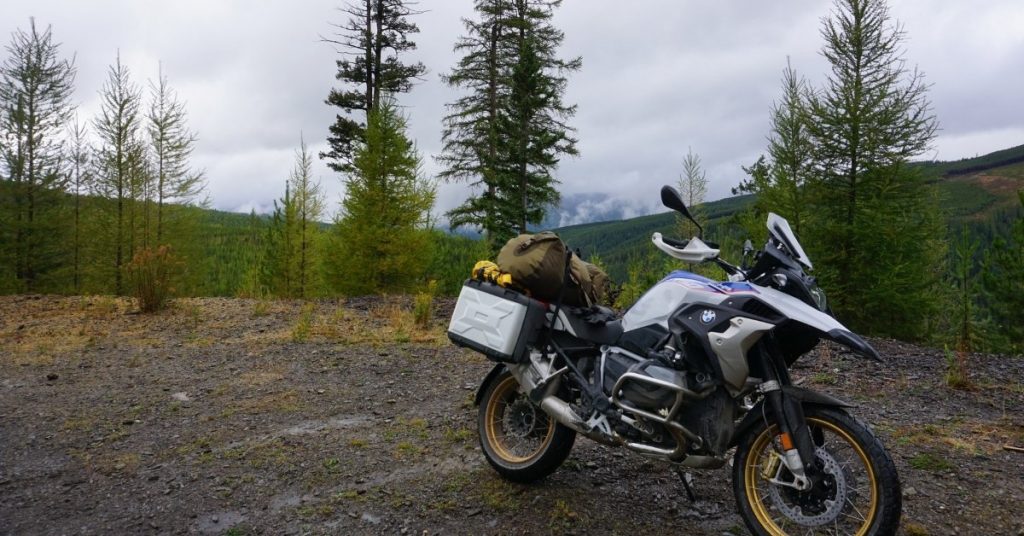
Wandering on gravel roads in British Columbia I carry a Garmin InReach with
me in case anything were to happen out of cell service.
Smart Layers
Research your average weather, but always expect the worst. Consider wool or synthetic layers for colder weather, and cotton, synthetic or wool for warm weather. Cotton retains water, so on warm days it may help to keep you cool but can take away body heat in cold, and wet weather.
For your mid-layer, consider something that packs down and is synthetic. Goose-down layers are also great but if they get wet the feathers compress and no longer provide insulation and will take hours to dry out.
Take Care Of Yourself
Before you hit the road, be sure you have the essentials to keep you protected from the elements, including sunscreen, earplugs, and neck and eye protection. Take a mental note of your energy and focus levels. Can you recognize the signs in yourself when you’re becoming tired? This skill is important for riding long distances by bike. You need to check in with yourself and understand that it’s ok not to make it to your planned destination because your safety comes first.
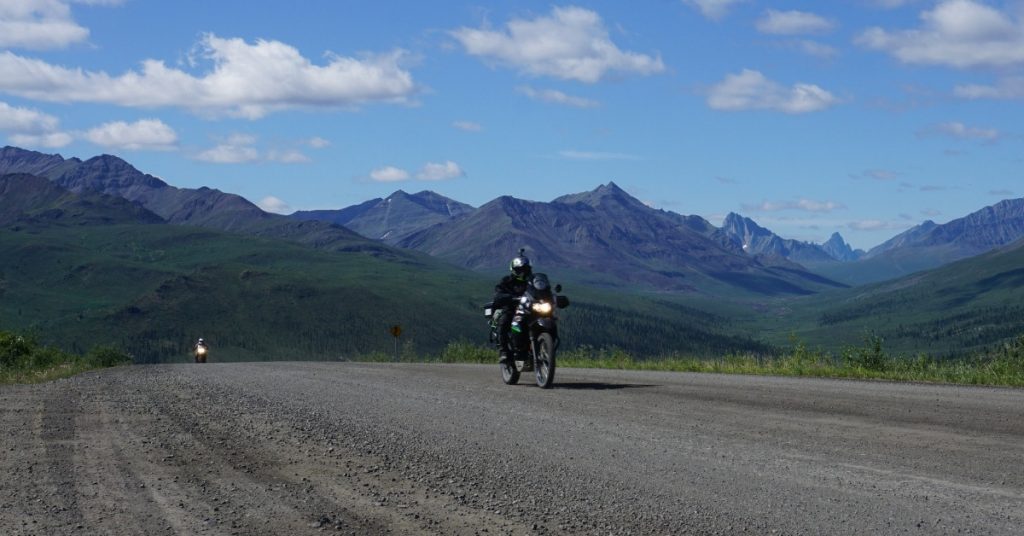
Motorcycle trips can change your life, be prepared and be sure to let people know where you’re going at all times.
I like to bring small and high-protein snacks to eat instead of eating large meals on the road. Eating smaller snacks more often along with drinking lots of water will help to keep your mental focus and energy levels stable throughout each day of riding.
Understand The Season
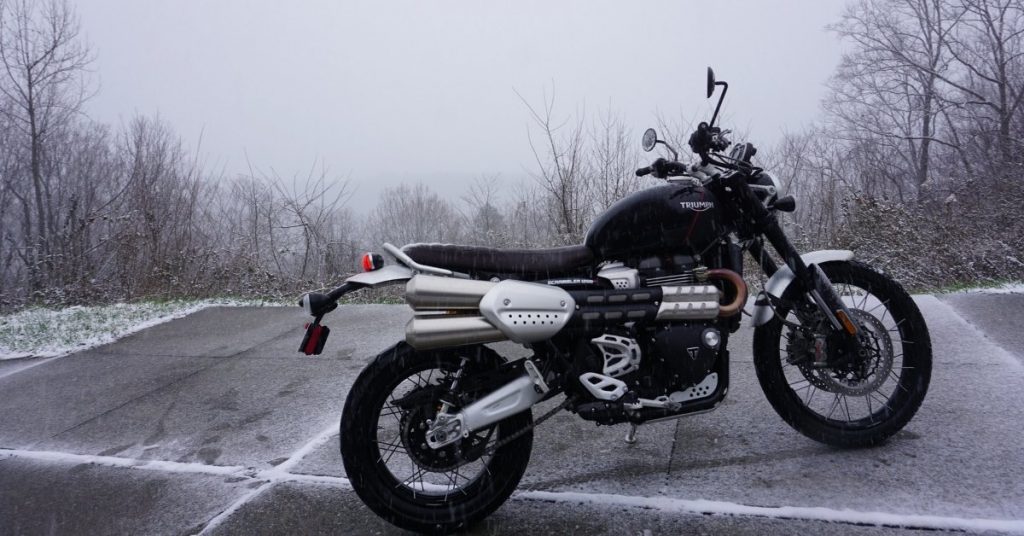
While riding through North Carolina I encountered a freak snowstorm that took hold of the area. I ended up having to leave the bike and hitch a ride back to town. All adding to the memorable adventure, remember to be prepared for all types of weather.
Consider the season when you’re travelling. Spring, summer and fall offer different benefits and downsides for travelling. Both fall and spring bring variable weather, and animals tend to be more active. Summer, on the other hand, brings on hot and consistent temperatures but lots of tourism traffic.
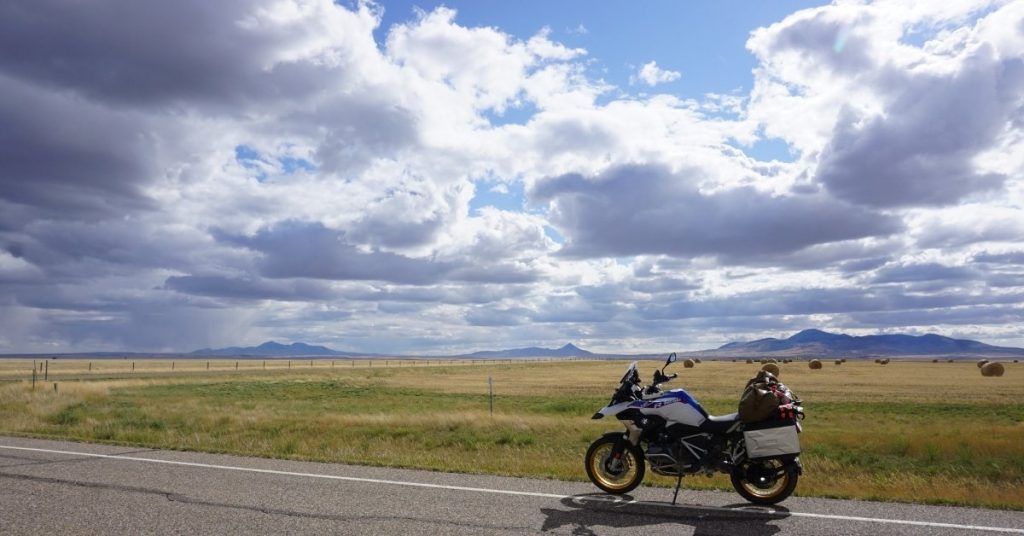
Riding towards an approaching storm, you can always avoid weather, but you can have the gear to withstand riding through it when needed.
Practice Packing
Before you take off on the open road practice packing all of your gear on the bike and taking it off again. There is nothing more frustrating than not being able to re-pack your gear the way you did before or having to unpack everything because a needed item is placed at the bottom of your bag. Packing and repacking will ensure you know exactly what you have and will need for the duration of your trip.
Lastly, before you head out double-check with your Rider’s Plus representative about coverage for your motorcycle. Above all else, prepare to have an amazing time. Travelling by motorcycle can be described by few, we are so lucky to be able to experience this precious world on two wheels. Every person that has ever travelled the world by bike started in the same position as you, preparing for a trip.


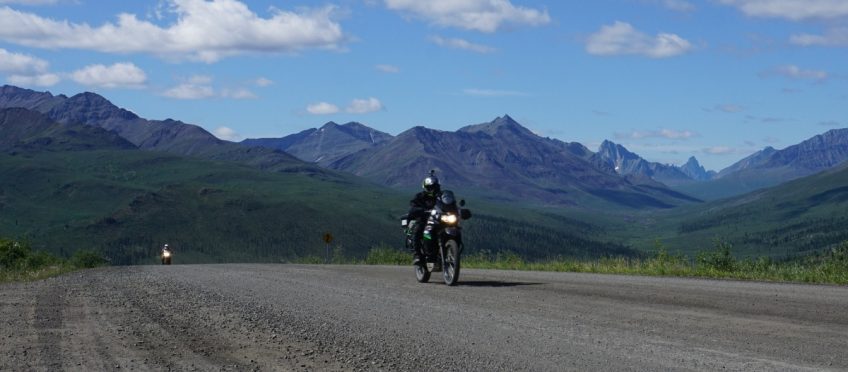






join the conversation